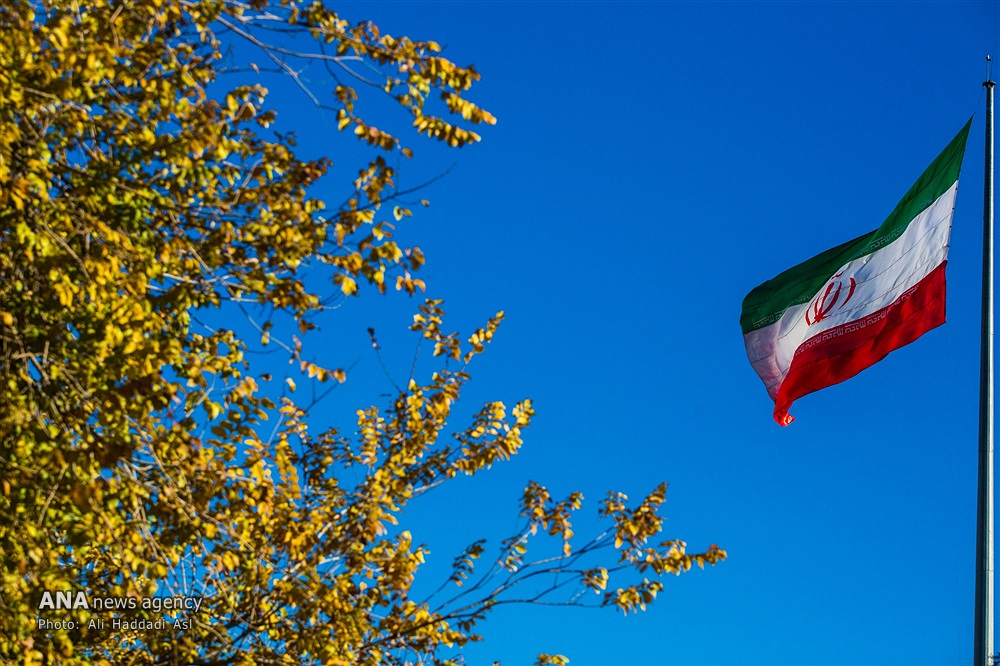Iran ranks 78th out of 195 countries in its education and health care funding as measurements of its commitment to economic growth, findings of the first-ever worldwide scientific study show their levels of human capital investments.
The country is placed just behind Uruguay (77th) and ahead of Malaysia (79th).
The human capital, according to the study conducted by the Institute for Health Metrics and Evaluation at the University of Washington in collaboration with the University of California, Los Angeles, is a measure of a government’s investment in improving the health and educational status of its workforce, which lead to better productivity. It's a concept that recognizes all labors are not equal and the quality of workers can be improved by investing in them.
“It’s the sum total of a population’s health, skills, knowledge, experience and habits,” World Bank President Jim Yong Kim said.
In the last 15 years, Iran's ranking rose to 78th spot in 2016 from 97th in 1990.
The study, published in the journal The Lancet, is focused on the number of productive years an individual in each country can be expected to work between the ages of 20 and 64, taking into account years of schooling, learning in school and functional health.
The calculation is based on a systematic analysis of 2,522 surveys and censuses providing data on years of schooling; testing scores on language, mathematics, and science; and health levels related to economic productivity.
Iran’s score of 15 years in 2016 comes from having a life expectancy of 42 out of a possible 45 years between the ages of 20 and 64; expected educational attainment of 12 out of a possible 18 years in school; and a learning score of 73 and a functional health score of 73, both out of 100.
The study places Finland at the top while Niger, South Sudan and Chad all ranked lowest in 2016 at 2 years, followed by Burkina Faso and Mali (each with 3 years).
Rankings for the 10 most populous countries in 2016 were China at 44th spot, India 158th, the United States 27th, Indonesia 131st, Brazil 71st, Pakistan 164th, Nigeria 171st, Bangladesh 161st, Russia 49th and Mexico 104th.
Turkey showed the most dramatic increase in human capital between 1990 and 2016. Asian countries with notable improvement include China, Thailand, Singapore and Vietnam.
Within Latin America, Brazil stands out for improvement. All these countries have had faster economic growth over this period than peer countries with lower levels of human capital improvement.
“Our findings show the association—between investments in education and health and improved human capital and GDP—that policymakers ignore at their own peril,” says IHME Director Christopher Murray.
“As the world economy grows increasingly dependent on digital technology, from agriculture to manufacturing to the service industry, human capital grows increasingly important for stimulating local and national economies.”
Researchers found that nations with greater improvements in human capital also tend to have faster growth in per capita GDP. Countries in the highest quartile of improvements in human capital between 1990 and 2016 had a 1.1% higher median yearly GDP growth rate than countries in the bottom quartile of human capital improvements.
There were notable differences in expected human capital by sex in 2016. Across the board, expected years lived between 20 and 64 years are greater in females than in males. In addition, health status tends to be higher among females than males, with the exception of high-income countries.
Using the PPP method, Iran's per capita GDP in 2017 was reported by IMF at $20,200 that gives it a noticeably better rank of 67 among all studied countries compared to the nominal rate of $5,305, which places Iran at 98th place among 191 countries.
> World Economic Forum on Human Capital
World Economic Forum’s Global Human Capital Index for 2017 shows Iran ranked 104th among 130 countries and scored 54.97 out of 100.
The WEF Human Capital report measures countries in four key areas of human capital developments, namely capacity determined by past investment in formal education; deployment which is the application and accumulation of skills through work; development which is the formal education of the next-generation workforce; and continued re- and up-skilling of existing workers; and know-how, which is the breadth and depth of specialized skills used at work.
A country’s performance is also measured across five distinct age groups or generations: 0-14 years, 15-24 years, 25-54 years, 55-64 years and 65 years and above.
Among the four key areas of human capital development, Iran ranked highest in the development component at 54th, receiving high marks in the area of secondary enrolment gender gap, secondary education enrolment rate and primary education enrolment rate.
The country, however, failed to perform well on the deployment pillar where it ranked 128th due to low marks in its employment gender gap and labor force participation rate.
According to the WEF report, the working-age population of Iran is nearly 57.1 million out of 80.3 million. The country’s labor force participation rate is 38.3% and unemployment rate is 11.1%. About 34.4% of the Iranian youth are not in employment, education or training. GDP per capita is $16,010 and output per worker is $54,099.
Norway topped the global index, followed by Finland, Switzerland, the US, Denmark, Germany, New Zealand, Sweden, Slovenia and Austria.
According to the report’s Human Capital Index, 62% of human capital have now been developed globally. Only 25 nations have tapped 70% of their people’s human capital or more.
With a majority of countries leveraging 50-70% of their human capital, 14 countries remain below 50%.


